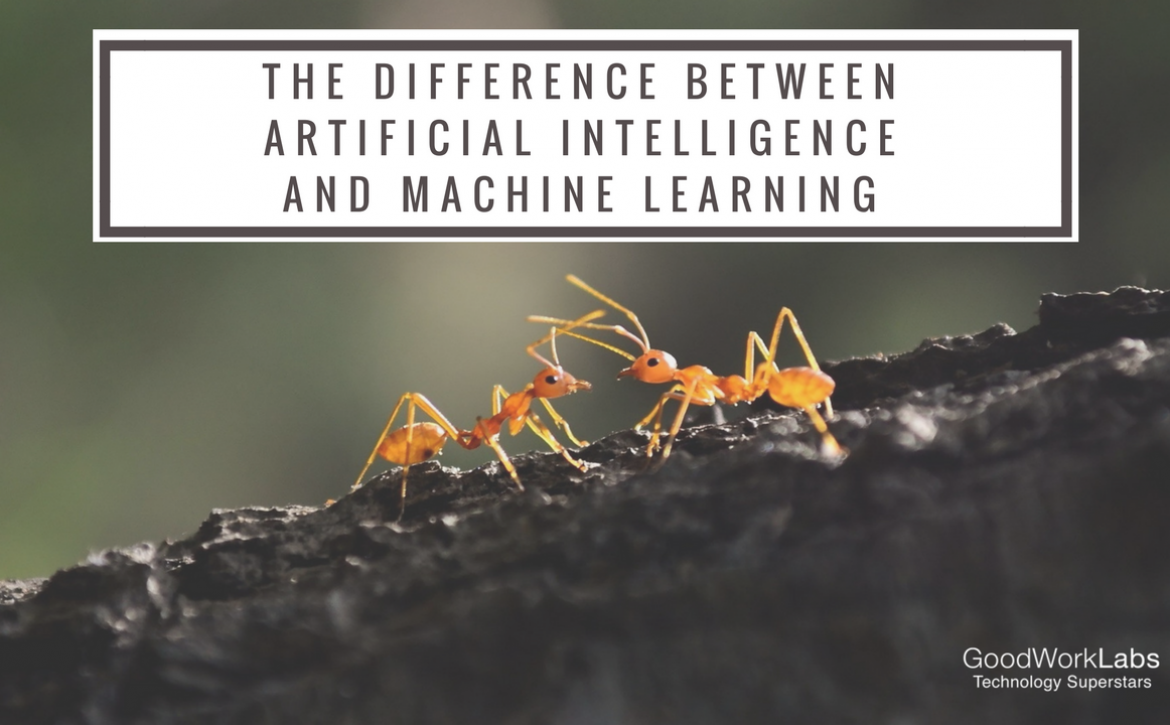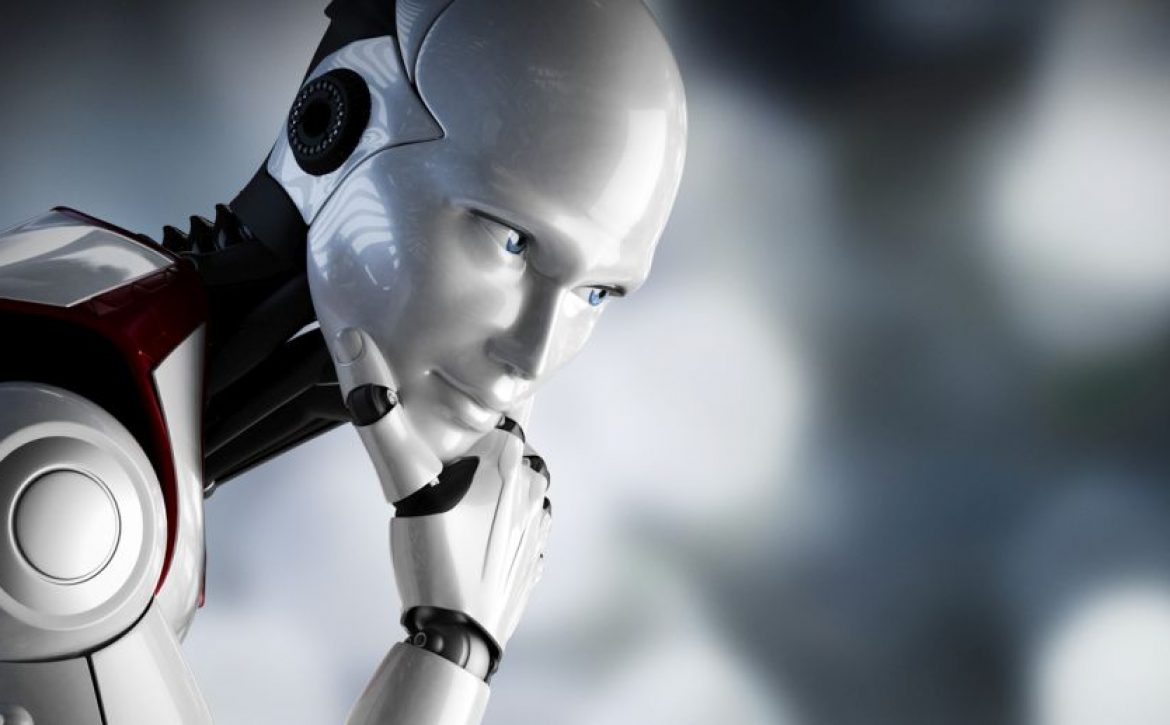3 Must Know Languages For Machine Learning
Language For The Machines
Machine learning is all about making a machine capable of learning codes and producing them automatically by analyzing the input data. This process includes the development of AI-enabled algorithms which help machine learn and produce codes. So, in a way we can say that machine learning is a part of AI (Artificial intelligence) which has been very viably used in many fields, like math, psychology, etc.
Well, this is just an intro; a more technicalities are still hidden far behind the curtains. The biggest one being learning of a machine language because only a good programmer can make use of all tools and bring out the best in the job.
So, in this article, we shall discuss about the 3 must-know languages which a programmer should know while dealing with machine learning.
- Python
Python is the highly flexible and multi-purpose language in nature. Due to its these features, it has gained a lot of popularity among the developers, programmers and data scientists. This language has its own libraries for the purpose machine learning – Numpy and Scipy. These two libraries are enough to learn about the Linear Algebra and Kernel methods of the phenomenon of machine learning. The biggest ease with this language is that- it has easy syntax. Easy syntax, in turns, makes the whole machine learning process easy and understandable. Those who want to excel in machine learning, should start with python.
- C Language
Developed by Denise Ritchie, C is the mother of all languages. Therefore, if you are thinking of building a predictive algorithm, this language will help you superficially. But as said, this language is the mother of all other programming language and hence, learning this would not be a cakewalk. To get started with C, you will have to have great fundamentals of basic C and its syntax. However, having mastery in this language does not mean to hold a PhD. It simply means to have strong concepts and clear fundamentals. Also, once you are nicely through the learning of C language, you can even give a try to other functional languages like Erlang, Scala, Julia, and Haskell.
- R Language
R language is the modern version of the S language developed by the Bell Labs. This language, when combined with lexical scooping, helps in enhancing the flexibility of statistical models. In terms of machine learning, it is one of the strongest language to master. In this language, many GNU packages are available. This language can be used for creating the powerful algorithms and giving statistical visualization of those created algorithms. Currently, R language in very popularly used in educational industry, but soon it will exact famous in other fields as well.
So, as you can see the 3 most powerful languages for machine learning, it is time for you to decide which language you would start with. It would be a recommendation to start with C, which is the base of all other languages. After that, one can jump to python and R language.

























